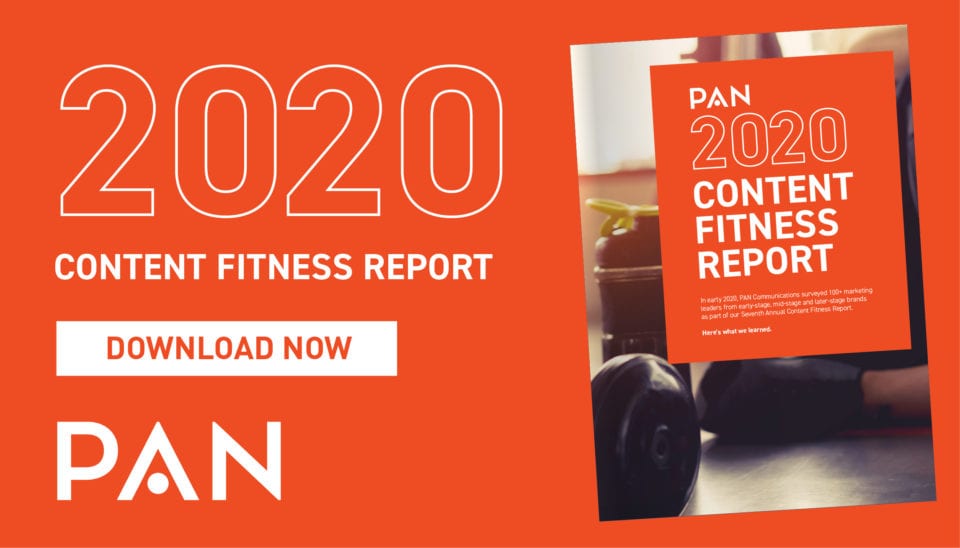Coronavirus, and its impact locally and globally, is probably the biggest story journalists will ever cover in their careers.
It permeates every aspect of life and so, understandably, has been dominating headlines across the British press just as it has around the world. More obviously, it’s covered in the health pages, but also in business, technology, sport, culture and entertainment, and all the rest. Over the past few months, you would’ve been hard pressed to find a story on any topic that wasn’t written, at least in some part, within the context of the pandemic.
As the UK lockdown eases and slowly but surely life returns to a semblance of normality, we are seeing this shift reflected in media coverage too. Don’t get me wrong, Covid-19 and its influence on how we live and work is still filling column inches. But we have moved on from the initial “don’t pitch me unless it’s a Covid story” phase that characterised the first few months of the full-lockdown health crisis.
As the economy gradually opens back up and (forgive the hackneyed phrase) “new normal” life begins, and the public tire of reading about just one topic, journalists are covering a wider variety of stories and are more receptive to non-Covid pitches.
The health story still looms large, but there is a shift in focus now to the economic impact and how people are adapting to new ways of living and working. This means more opportunities for our clients.

New Angles: Joining the Emerging COVID-19 Conversations
We know coronavirus isn’t going anywhere for the foreseeable future, and the dreaded second winter wave is a real possibility. However, as we start to move out of lockdown, lots of interesting questions and narratives are being explored and discussed in the media.
How is life changing now that we work from home all the time? Are people driving less? Looking for new ways to socialise? Considering moving home and reprioritising their needs? Is the government taking the right steps? Do people need to pay closer attention to their online security? Do the self-employed need more protection? What does a return to the office look like? What skills do businesses need to drive recovery in this “new normal”? How can we keep our remote workforces engaged and keep productivity up?
It is here where clever brands can inject themselves into the conversation authentically by showing journalists how their business, product, service or expert opinion is relevant to the topic, and how they can provide real interest and value to their audience. For example, journalists are looking for spokespeople who can raise the right questions, put pressure on the government or suggest solutions to problems that the Corona age has created. Brands need to think about how they can be that source.
The approach will be different for every brand, but the key is to focus on being helpful, thoughtful and not too self-promotional. Make sure to combine this with a realistic estimation of what success looks like. Remember, just like life isn’t back to normal, neither is the media.
For more best practices around communicating to the media in a crisis, read “Navigating the Media Landscape During the COVID-19 Health Crisis.”
Crowd Pleasing Content in the Media
We have seen so much doom and gloom recently that many readers and journalists are looking for lighter, more hopeful content. Particularly, anything that feeds into adapting to this new way of life and work.
For many brands, this means focusing on the good news stories. Positive outcomes from the recent lockdown and pandemic, a focus on action-oriented diversity and sustainability and green initiatives are just a few recently spotted trends. Brands should look to hook onto these trends by offering fresh takes, advice, and insights on consumer behavior shifts in areas such as e-commerce, renting or remote working.
The bottom line is that journalists are hungry for content. Online sites are seeing more traffic than ever before, and savvy brands (with savvy PR teams) have a real opportunity.
Need more advice on how to frame your brand’s story to the media? Read “Content and Storytelling Strategies for Our New Normal.”
The Larger Impact of COVID-19 on the UK Media
Like every other sector, the UK media has been severely impacted by the pandemic. They too are under pressure and under-resourced, so brands need to bear this in mind with all PR approaches.
A number of smaller publications have had to (hopefully temporarily) close their doors. Other publications have suspended their print runs until we’re back to the office, and many have 10-30% of the workforce on furlough. We’re hoping we’ll start to see this improving in the autumn as government support schemes in the UK come to an end and journalists come back to work.
In terms of what this means for comms teams, it is both positive and negative.
On one hand, journalists are stretched – with many covering multiple beats that they might be unfamiliar with. Hard news takes priority, and then they divide their limited time between the couple of PR pitched stories that have caught their attention that day.
On the other hand, now is the perfect time for good PR pros to prove their worth – helping to make busy journalists’ lives as easy as possible by using our instincts to craft interesting angles, preparing content, quotes and press materials for journalists that save them time and effort.
It isn’t the ideal or easiest working environment for all concerned, but once we get through this, everything will seem a whole lot easier.
Learn how your peers are adjusting their content strategies as we enter the recovery phase. Download our 2020 Content Fitness Report.



